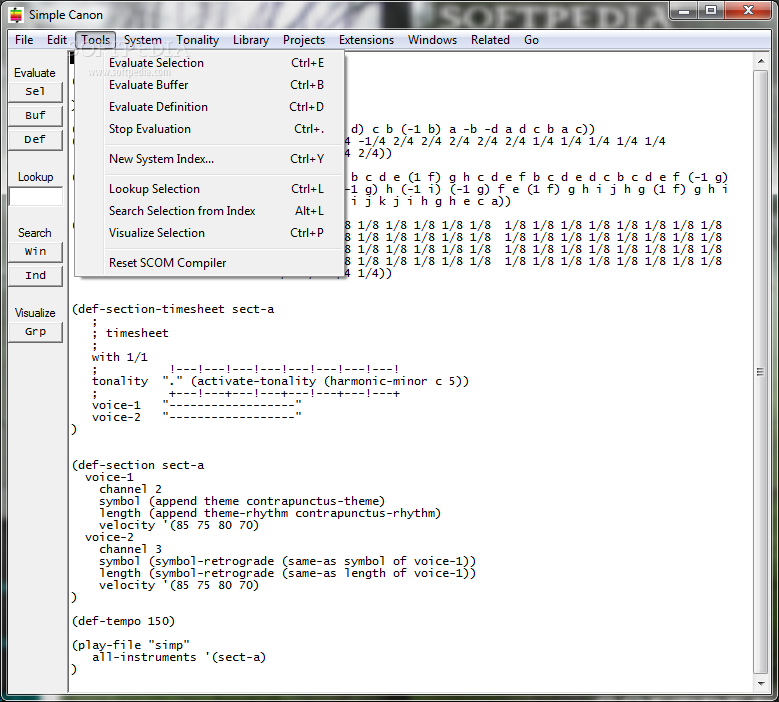
It can help to use Drag, Friction, or a combination. To make fluid follow a mesh, connect the mesh and use a negative Along Normal value to pull liquid toward the surface. For spray, add foam to the simulation, and apply a separate field with To help break up a waterfall or similar flow into droplets, use It might be helpful to add a bit ofĭirection to help the fluid move forward and against gravity, as well as a bit of negativeĪway From Axis to keep the liquid from flying away. Rotate it onto its side so that it intersects a portion of the liquid surface, and animate it moving forward. To create a wave that forms spontaneously and then breaks, set up a cylindrical field in a similar way as for a whirlpool.

Min Speed to increase from 0.0 to the desired value.ĭrag if the velocities become too extreme. UseĬlamp Speed to keep the fluid churning: set To generally slow down an overactive simulation, use a bit of Here are some rough ideas about how to begin setting up various effects. These findings suggest a role for I(Kr) in modulating cardiac conduction and may have implications for the use of hERG agonists as antiarrhythmic drugs.The combination of attributes required to achieve an effect varies greatly based on the situation and the desired results. The effect is dependent on sodium channel availability. Pharmacological activation of I(Kr) by the hERG agonist NS3623 impairs cardiac conduction. With di-4-ANEPPS, NS3623 prolonged the QRS significantly (26 +/- 4%, BCL 250 ms) compared to control with a corresponding decrease in conduction velocity. Surprisingly, in the presence of the voltage sensitive dye di-4-ANEPPS a similar potentiation of the effect of NS3623 was observed. These data suggest that the effect of NS3623 was dependent on sodium channel availability. While partial I(Na) inhibition with flecainide (1 microM) alone prolonged the QRS (34 +/- 3%, BCL 250 ms), the QRS was further prolonged by 19 +/- 2% when NS3623 was added in the presence of flecainide. The effect could be reversed by the I(Kr) blocker E4031 (1 microM).

A significant prolongation (16 +/- 6%) was observed at short basic cycle length (BCL 90 ms) but not at longer cycle lengths (BCL 250 ms).

Application of the hERG agonist NS3623 (10 microM) prolonged the QRS rate dependently. As modulation of outward potassium currents has been suggested to modulate cardiac conduction, we tested the hypothesis that pharmacological activation of I(Kr) results in impaired cardiac conduction.Ĭardiac conduction was assessed in Langendorff-perfused guinea pig hearts. Recently, hERG agonists have emerged as potential antiarrhythmic drugs. The hERG (Kv11.1) potassium channel underlies cardiac I(Kr) and is important for cardiac repolarization.


 0 kommentar(er)
0 kommentar(er)
